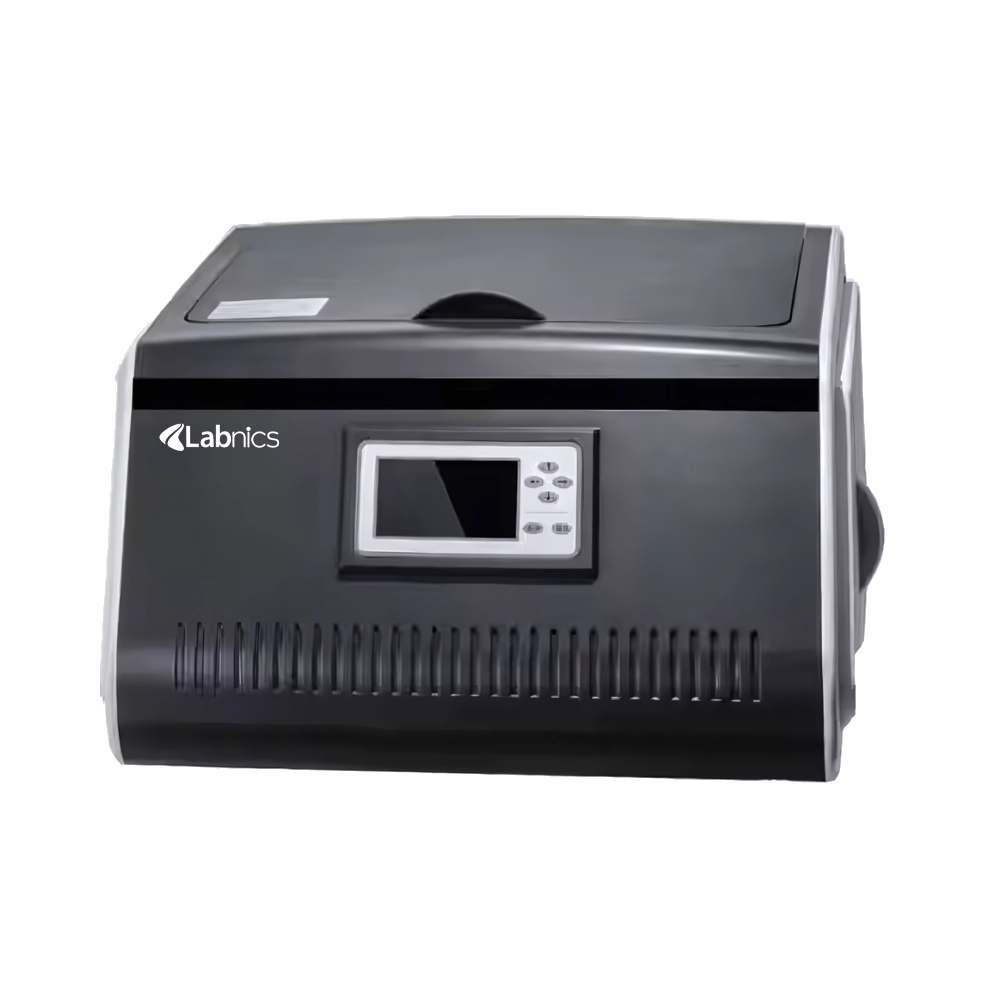Automatic Slide Stainer NASS-503 completes acid-fast staining of 16 slides in 32 minutes using a multi-lane slide track. It features an auto-lift tray for stepwise slide immersion without manual handling. This system uses a stain recirculation path to reduce reagent consumption during extended runs. It includes a thermal-lock shell to maintain internal temperature throughout the process. Our stainer improves lab reliability through continuous cycle readiness and smart status monitoring.
FAQ for Automatic Slide Stainer NASS-503
1: What type of maintenance does Automatic Slide Stainer NASS-503 require?
Labnics Automatic Slide Stainer recommends monthly checks for optimal performance. Routine maintenance involves cleaning the tray assembly and checking the reagent ports. The system provides on-screen reminders based on usage hours.
2: Does Automatic Slide Stainer NASS-503 offer any built-in cycle tracking?
Yes, the Automatic Slide Stainer logs the total number of completed cycles automatically. Users can view daily or cumulative usage on the display panel. This helps manage workload trends and system readiness. The log resets only when manually cleared.
3: How are slide positions managed in Automatic Slide Stainer NASS-503?
Our Automatic Slide Stainer uses a guided lane layout to keep each slide aligned during staining. This ensures even exposure to reagents and prevents overlap. Slides are gently repositioned between steps using the auto-lift function. It maintains uniform processing without manual adjustment.
4: Does the system alert users about expired reagents?
Labnics Automatic Slide Stainer integrates an alert system that notifies users when reagent lifespan is exceeded. Each bottle can be labeled with entry date during installation. The system tracks exposure time and usage count. Notifications appear automatically when replacement is needed.
5: Can users modify the timing settings for each staining stage?
Yes, the Automatic Slide Stainer interface allows manual adjustment of each processing interval. Custom protocols can be created and stored for different staining needs. Default settings are protected from accidental changes. All edits require confirmation to proceed.


